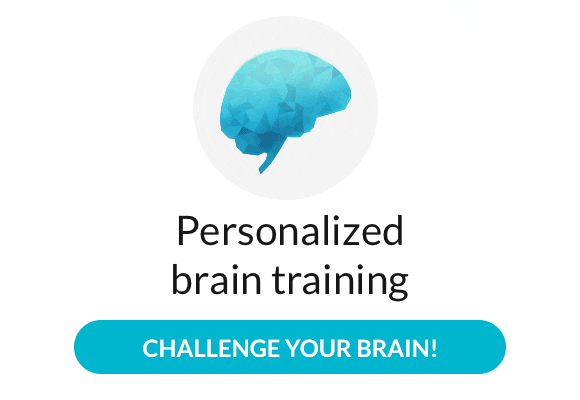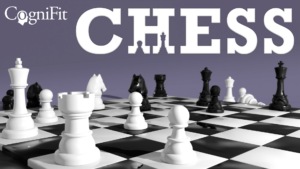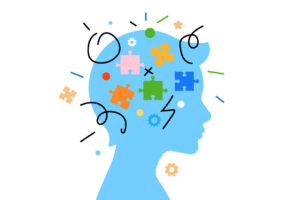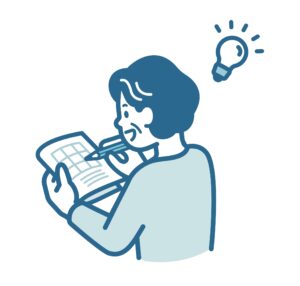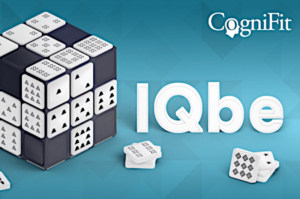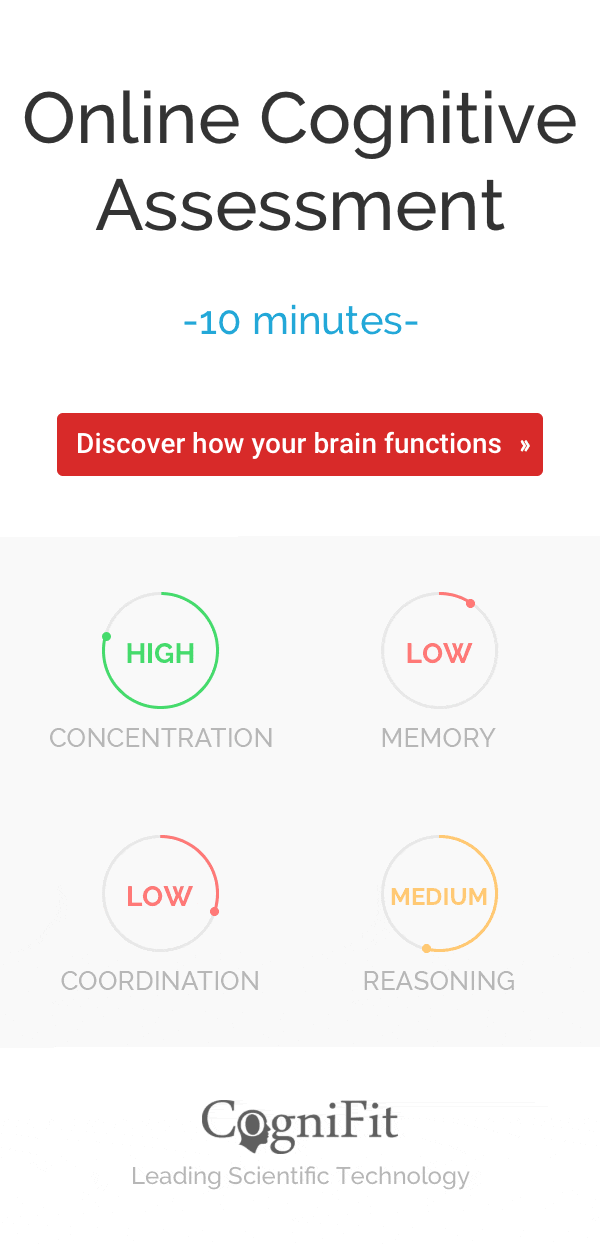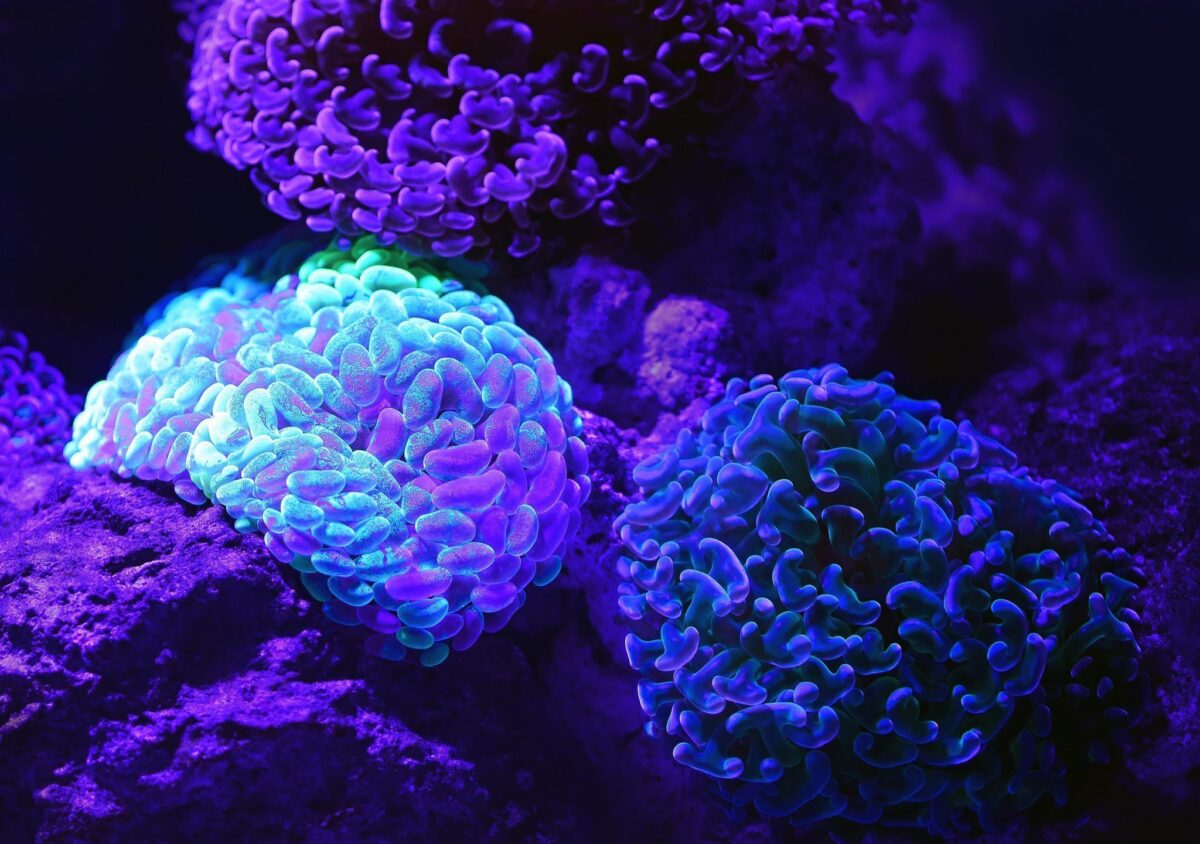
Brain seizures: When The Brain Has Too Much Energy
Brain seizures: Some of us have to deal with them every single day, whilst others can be witnesses of someone having a brain seizure. Most commonly, people having to experience someone suffering from a brain seizure are overwhelmed when their loved ones jerk uncontrollably and subsequently lose consciousness. Not only are the witnesses clueless about which steps to take, but also the patients if his/her seizure occurs for the first time. This article will give you a guide on what brain seizures are, their symptoms, treatments and what steps to take in order to increase the quality of life of the patient.
What are brain seizures?
Brain seizures are changes in the brain’s electrical activity. This change can cause dramatic, noticeable symptoms or it may not cause any symptoms. Patients that experience brain seizures possess abnormal neural activity which is uncontrolled and happens spontaneously.
The brain function, however, is often not abnormal. The involuntary change in neural activity is considered epilepsy, in which the brain seizures are the symptoms. Though, brain seizures can also be induced in a normal brain under a variety of conditions different species, from humans to flies. Brain function is not abnormal but cognitive aspects might be threatened by many brain seizures.
Brain Seizures Types
Generally, we differentiate between three different types of seizures. Usually, they are dependent on the number of brain cells showing abnormal activity. This is crucial in order to select a suitable treatment for the patient, as different medications have to be used for each seizure type.
- Generalized onset brain seizures: In this case, there is no identifiable onset meaning a starting point in the brain cannot be determined. The seizure starts and spreads too quickly making a reliable decision about the trigger impossible. For this reason, treatment using surgery to suppress the symptoms is not available.
- Focal onset brain seizures: Whereas in generalized onset seizures the location is not known, in this type of brain seizure, doctors are able to determine the starting point of the seizures. Focal brain seizures can start in one area of the brain or in a specific group of cells either in the left or right hemisphere. Furthermore, patients can have full or impaired awareness during their fit.
- Unknown onset brain seizures: If the nature of the seizure cannot be determined, they belong to this group. This is mostly at the beginning or if the patient lives alone without witnesses observing the person with the seizure. As more information is obtained, the seizure is later classified as generalized onset brain seizure or focal onset brain seizure.
How is a brain seizure caused?
Aspects of the brain affected by different brain seizure
The emergence of a brain seizure can be down to several reasons, but determining the exact cause has proven to be challenging. At least half of all patients display idiopathic seizures meaning the cause is unknown. Nevertheless, depending on the age of the patient, determining the trigger of a brain seizure can be narrowed down.
Generally, genetics plays a large role whether someone will experience a seizure in their lives or not. Pinpointing the specific genes which are responsible for the symptoms though is a struggle. This diagnosis is mostly very vague as the relationship between the genes in the brain and the nature of seizures is poorly understood.
What is known on the other hand is a prevalence of about 3 out of 10 patients having a change in brain structure which leads to some sort of brain seizure. Mostly this is the case for children born with alterations in brain regions. For the elderly, incidence such as a stroke is usually the cause of developing recurrent seizures.
When suffering from epilepsy, an imbalance in the brain’s chemistry is frequently observed. This refers to the neurotransmitters being present in the wrong concentrations (too little or too much in the brain). In general, everybody has got two kinds of neurotransmitters with opposing functions: Neurotransmitter of excitatory and inhibitory qualities, with the former increasing the firing rate and the latter reducing the activity of the neurons. The balance of both kinds has to be maintained and if not given, can result in hyperactivity of the neurons causing epilepsy.
The best-studied neurotransmitter is GABA, or gamma-aminobutyric acid, which possesses inhibitory qualities counterbalancing neuronal excitation. GABA’s counterpart glutamate, the principal excitatory neurotransmitter, plays a crucial role in the initiation and spread of brain seizures. This was demonstrated by During and Spencer in 1993 when they tested the concentration of these two neurotransmitters in the hippocampus before and during a seizure. Before seizures, the glutamate concentration in this brain area was found to be higher than in the control group, whereas the concentration of GABA was observed to be lower. During the seizure, GABA concentrations increased in both groups, however in the control group a greater increase was found. Consequently, drugs to treat epilepsy revolve around these two neurotransmitters, by either reducing the concentration of glutamate or by increasing GABA content in the synapses in order to reduce hyperactivity of the neurons.
Brain Seizures Symptoms
Clinicians group the symptoms into two categories, generalized and partial or focal seizures, in order to find out if a patient suffers from epilepsy.
The different types are:
Generalized brain seizures (produced by the whole brain)
- “Grand Mal”: The most known form where the patient loses consciousness and collapses. The body stiffens and violent jerking begins usually lasting for about 30-60 seconds. Afterwards, the patient goes into deep sleep.
- Absence: Individuals experiencing an absence seizure stare into space for a few seconds. They are most common in children and a brief loss of consciousness is reported.
- Myoclonic: These seizures are brief, shock-like jerks or twitches of a muscle or a whole muscle group. This usually does not last for a long time (only about 1-2 seconds) and the person experiencing it retains full consciousness.
- Clonic: This type of seizures is very similar to the myoclonic seizure with the difference of a more regular and sustained jerking.
- Tonic: The muscle tone, the muscle’s normal tension at rest, is highly increased leading to tense feelings in arms, legs or body in general. Awareness usually does not change much and the symptoms subside within 20 seconds.
- Atonic: Atonic seizures are substantially the opposite of tonic seizures. Instead of the muscles becoming stiff, a person experiencing an atonic seizure will feel their muscles going limp. For instance, a person standing might fall to the ground when suffering an atonic seizure. As tonic seizures, they do not last for a long time either.
Partial or Focal brain seizures
Focal brain seizures are known to originate from a specific brain region causing a variety of symptoms depending on the brain area affected. Generally, doctors differentiate between seizures causing a (partial) loss of consciousness and the ones where consciousness is preserved.
Symptoms of focal seizures with impaired awareness (once called complex partial seizures) could be the following:
- Staring into space
- Response to the environment is abnormal or impaired
- Execution of repetitive movements (hand rubbing, chewing, walking in circles, etc…)
Symptoms of focal seizures without loss of consciousness (once called simple partial seizures):
- Change of emotions
- Difference in perception
- Involuntary jerking of a body part
- Sensory symptoms (eg. tingling, dizziness and flashing lights)
Note: If an individual experiences seizures repeatedly (once a week or even once every single day), their symptoms will most likely remain similar.
Brain seizures: Diagnosis and what to expect when visiting a doctor?
If a person suffers from a brain seizure (or thinks they have suffered one), the first stop will be consulting your general practitioner. Make an appointment and if the seizure was witnessed by someone, ask this person to join.
Depending on the type of seizure, most likely you were unconscious which makes it difficult for you to describe what happened. However, the doctor will ask you a series of questions, also called the medical interview, in which he will ask you about your general health and incidences before, during and after the seizure. Especially for the medical interview, it is advisable to have someone near you answer questions which you might not be able to answer.
The doctor will most likely be able to diagnose a brain seizure based on the answers of the patient. However, to obtain a clearer idea of the clinical picture of the patient, more tests will be necessary.
The primary physician will ask a neurologist to take a look at the inside of the individual’s brain. Every single brain is different and finding the most suitable treatment for a patient is far from straightforward. The following tests are used when attempting to diagnose brain seizures in detail:
- Blood tests: The most common blood test is the CBC (Complete Blood count) in which the doctor determines important parameters in your blood, e.g the number of red blood cells, white blood cells, hemoglobin, etc. Therefore a blood test serves to determine the appropriate medication for infections, allergies, and other abnormalities are revealed.
- Metabolic tests: This test assesses the functioning of your organs, more specifically your body’s ability to metabolize. The evaluation is also done via a blood sample and includes an assessment of the content of important molecules in your blood. The sodium, potassium and blood sugar levels are evaluated. Not only will this help determine an electrolyte imbalance, but also reveal any malfunction of the kidney or the liver. The importance of looking at these organs is to find out whether a disease could trigger the brain seizures, which was found to be the case for instance in patients with diabetes. In this case, doctors focus on treating the symptoms of the illness causing the brain seizures (in this case diabetes) rather prescribing drugs targeting the brain seizures directly.
- An EEG (electroencephalography) test: The term might sound familiar to most of us, but what is this exactly and how can it help doctors make a more accurate diagnosis? An EEG can reveal the electrical activity of the brain and in which regions abnormal/normal activity is present. The specialists can make conclusions if the brain seizures come from a single area or are more widespread looking at the EEG pattern.
- CT and MRI scan: Computer Tomography (CT) and Magnetic Resonance Imaging (MRI) are two techniques that will look into your brain. The aim here is to find physical abnormalities that cause the seizures. Although for a lot of people suffering from brain seizures the test results will be negative, it is still an important procedure. In cases where brain seizures are very frequent and strong, determining the exact cause is crucial since the possibility to undergo surgery could be an adequate treatment option.
What to do and not to do when faced with a brain seizure?
If we see our loved-ones suffering from a seizure, it would be normal to be frightened and expect the worst. However, most brain seizures are not dangerous and the person regains his/her normal state within a few minutes without permanent damage. Fact is: Once a seizure is going, you cannot simply force the person to stop jerking, however, you can protect the person inflicting damage to his own body.
The DO’S!
- Make sure other people are not standing too close to the person having a seizure
- Remove sharp or hard objects from the surroundings
- Do not stop the movements of your friend
- Take a look at his/her watch to record the seizure duration
- To keep the airway clear, put the person on his/her side
- And most importantly: Keep calm!
The DONT’S!
- Do not restrain the person as you might injure him or get injured yourself
- No offering of food or drinks to the sufferer: A sip of water might be a trigger for choking
- Do not insert anything into his/her mouth! They will not swallow their tongue
- No CPR (unless the patient is not breathing after the seizure)
Tips to reduce brain seizures
Since the underlying trigger for a brain seizure is often unknown, it is crucial to reduce the odds of a brain seizure to a minimum. Take the following provisions:
- Reduce stress by getting enough sleep (it is best to adhere to a regular sleeping schedule)
- Physical activity or yoga may help feeling more relaxed, as well as deep breathing
- Limit noise sources and make sure the room is well illuminated when watching TV or when playing video games
- When going for a run you should do it in the park, rather than in high-traffic areas or unpaved trails
- But most importantly: Stick to your medication your doctor prescribed you unless he/she tells you otherwise!
Have you witnessed a brain seizure or are you suffering from this condition? Please feel free to comment below.

